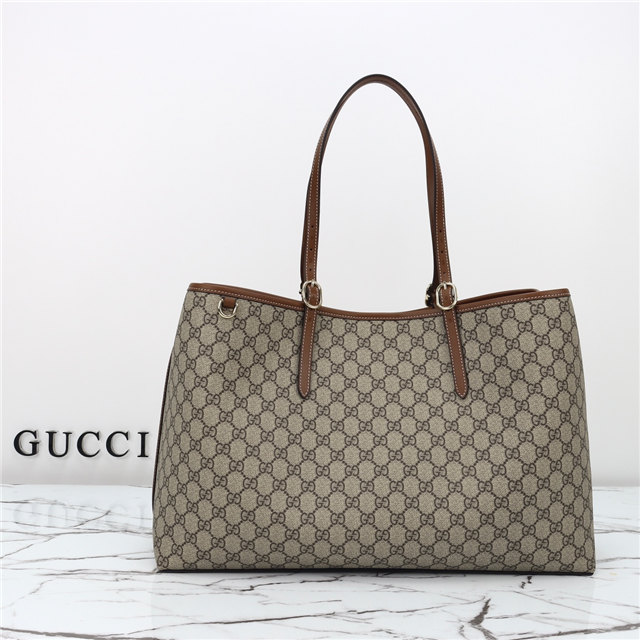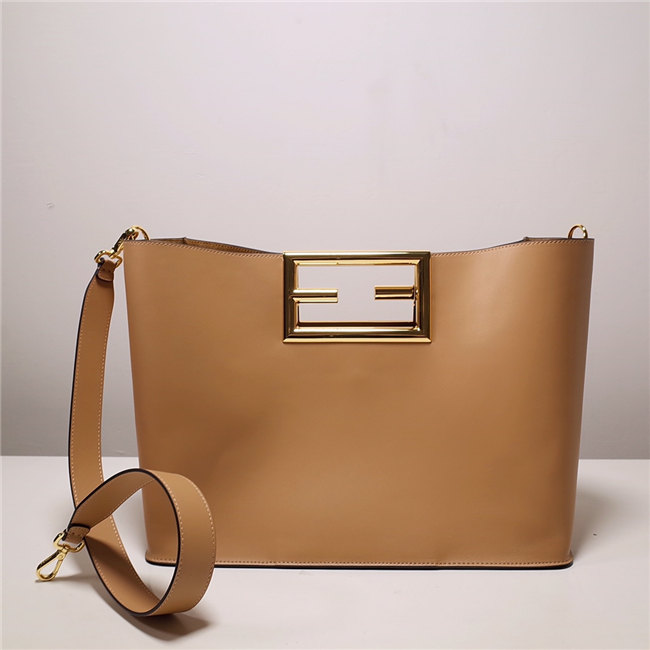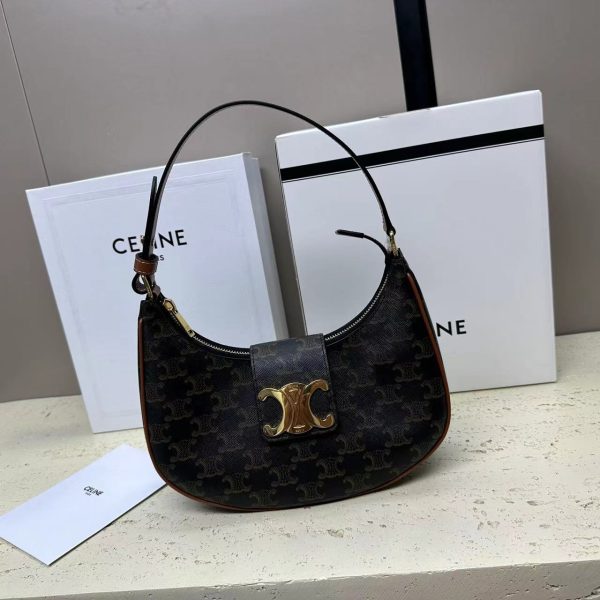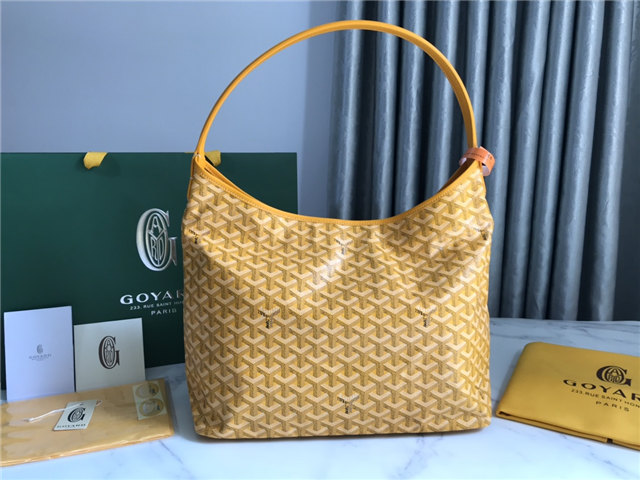Ferragamo’s Export Thingy: What’s the Deal?
So, apparently, there’s this whole thing about export quality and how it’s supposed to, like, make economies grow or something. I saw that in one of these snips. And I guess Ferragamo, being a big fancy Italian brand, plays a role in this export game. Thing is, are we *really* comparing their shoes to, I dunno, semiconductors or something? I kinda doubt it.
The documents I was given talked about “Export Quality in Advanced and Developing Economies” which… okay, cool. But how does that *specifically* relate to Ferragamo? They are one of the many brands in the world. It’s a bit of a leap, isn’t it? Are we saying that because Ferragamo exports stuff, they’re single-handedly boosting Italy’s GDP? Probably not. Though it is true that Ferragamo shoe quality is something that people care about, especially when they cost a pretty penny.
Then there’s the “Salvatore Ferragamo international marketing strategy” that was mentioned, which includes the “4P of Marketing, 5th P Protectionism, along with Leadership Challenges in International Marketing, Product Life Cycle”. Sounds like MBA buzzword bingo to me, tbh. But it does highlight that they’re thinking about how they sell their stuff *outside* of Italy, and that’s technically exporting, right?
Are the Shoes Worth the Hype (and the Price Tag)?
This is the real question, isn’t it? The article snippets mention Salvatore Ferragamo being born in 1898 and his early days crafting shoes. And how “machine-made shoes did not have the same quality.” The idea behind Ferragamo seems to be about high quality craftsmanship. If you are getting a pair from Ferragamo, you are probably expecting it to be pretty darn good.
But let’s be real, even Ferragamo probably uses machines *somewhere* in the process these days. And it’s not like every single pair is handmade by a master craftsman who’s had the art passed down through generations. Are they still good quality? Probably. Are they *worth* the price? That depends on how much you value the brand, the design, and, yeah, maybe a little bit of that “made in Italy” magic.
The Bottom Line (Kinda)
















